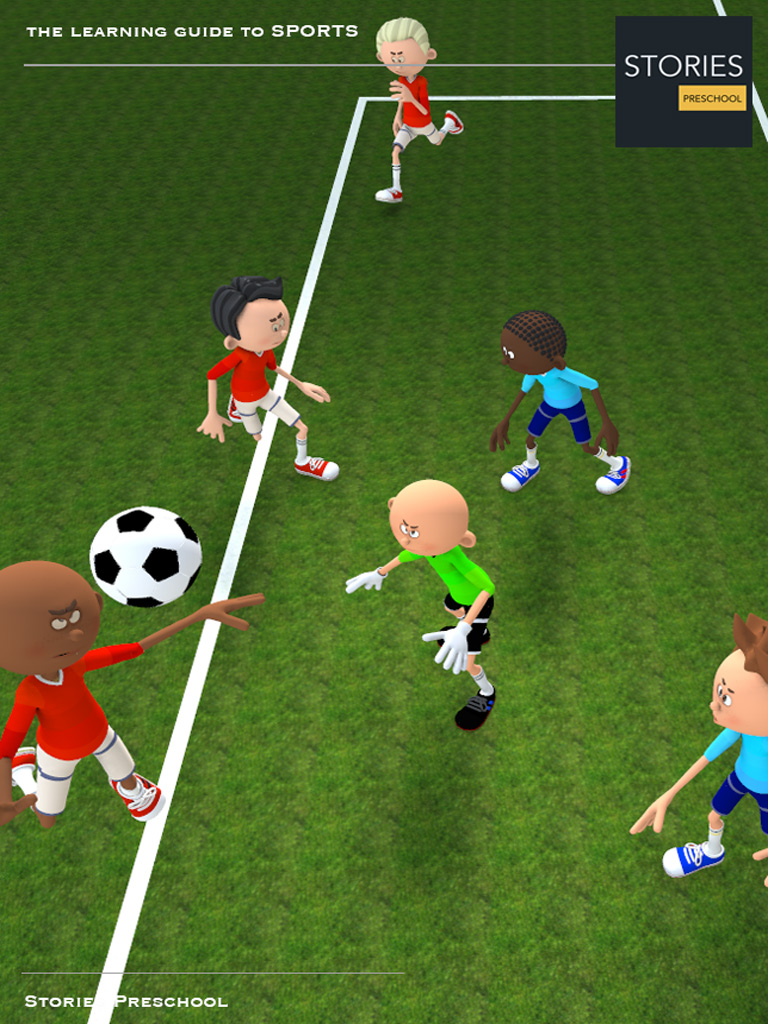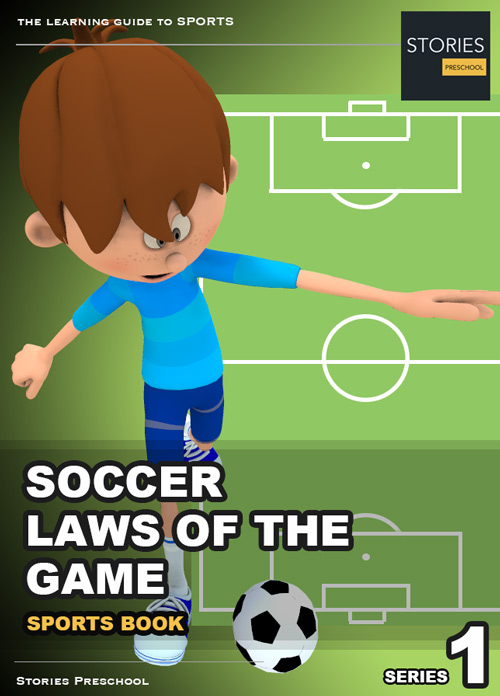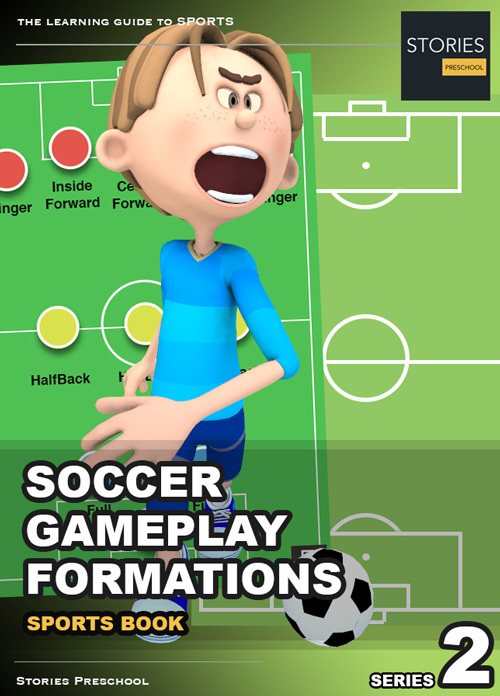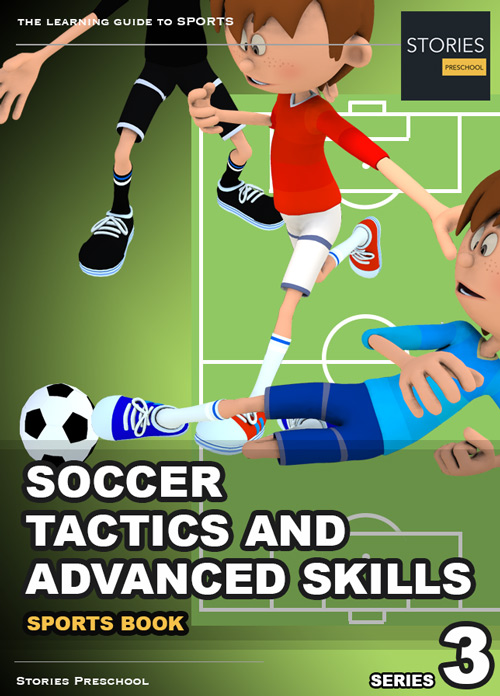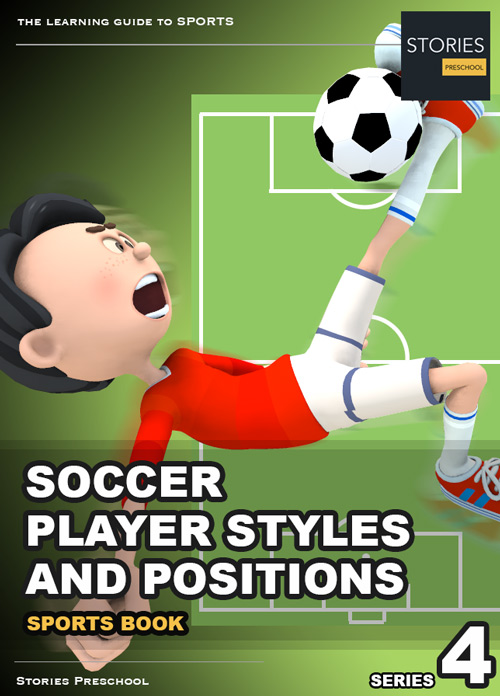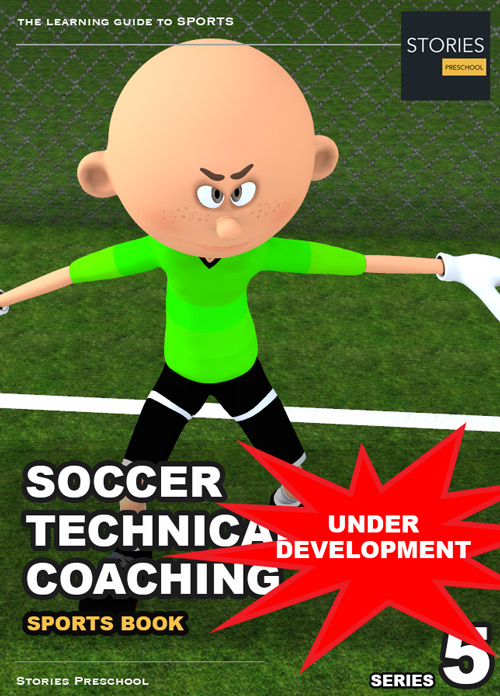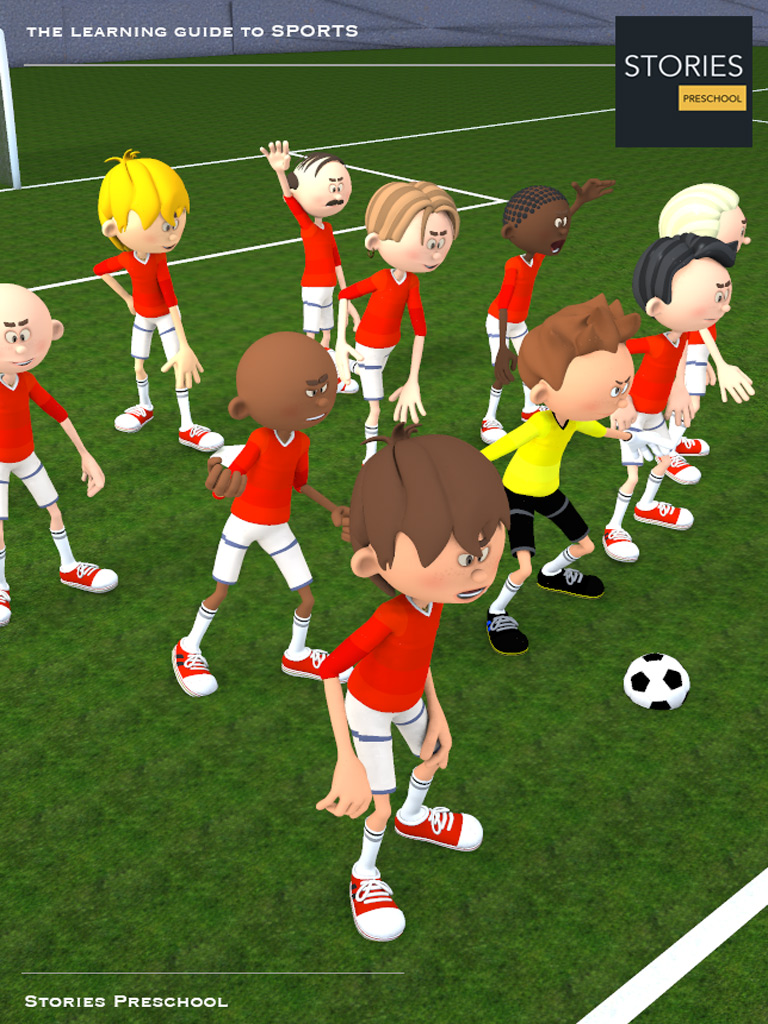Soccer
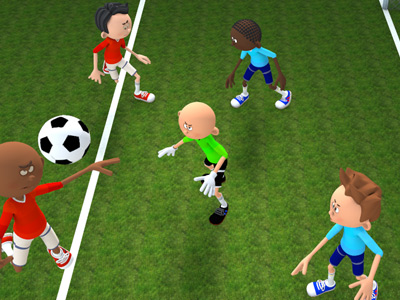
Penalty Kick
A penalty kick (often abbreviated to penalty) is a method of restarting play in association football, taken from 11 meters (approximately 12 yards) out from the goal, on the penalty mark. Penalty kicks are performed during normal play.
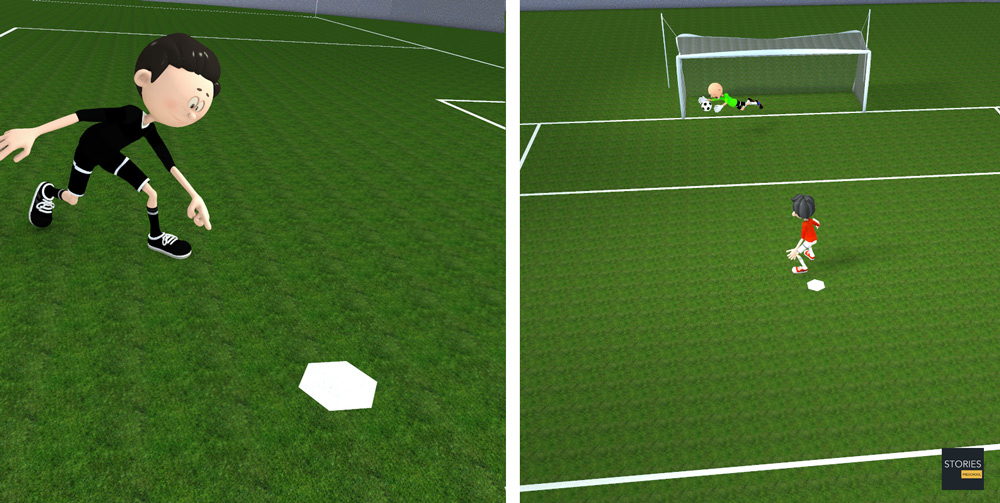
They are awarded when a foul that is punishable by a direct free kick is committed within the offending player's own penalty area. Similar kicks are made in a penalty shootout in some tournaments to determine which team is victorious after a drawn match; though similar in procedure, these are not penalty kicks and are governed by slightly different rules.
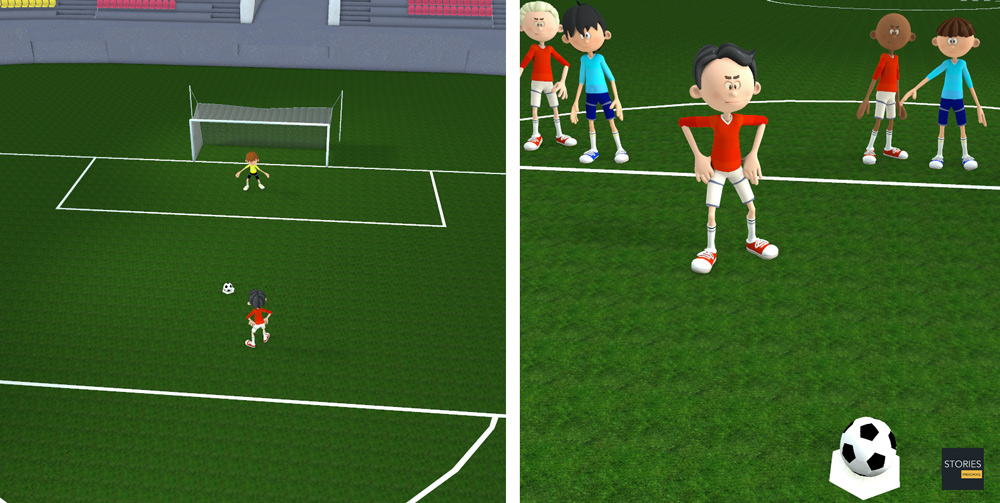
In practice, penalties are converted to goals more often than not, even against world class goalkeepers. This means that penalty awards are often decisive, especially in low-scoring games. Missed penalty kicks are often demoralizing to players because it is an easy opportunity to score.
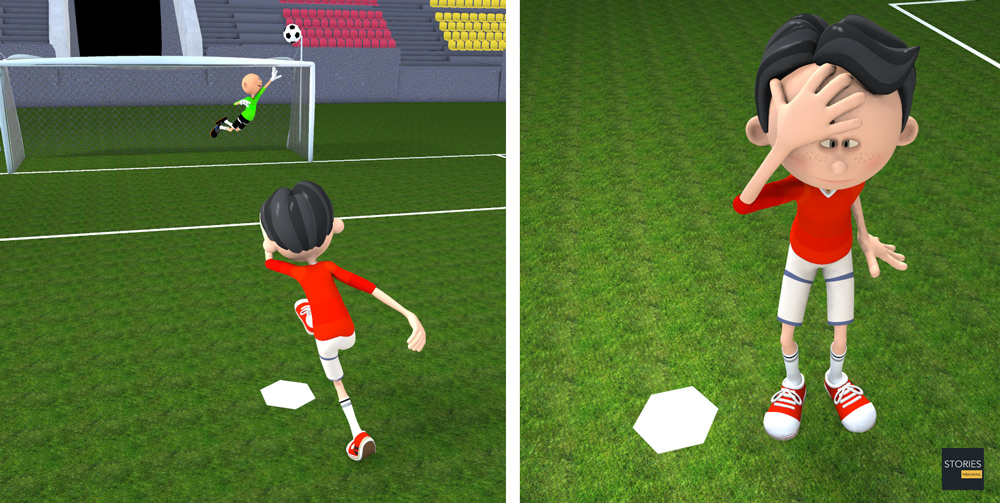
Procedure
The referee gives the ball to a player of the non-offending team. All players except the keeper and the opposing kick taker should be within the field of play, but outside the penalty area and at least 10 yards from and behind the penalty mark until the ball is kicked.
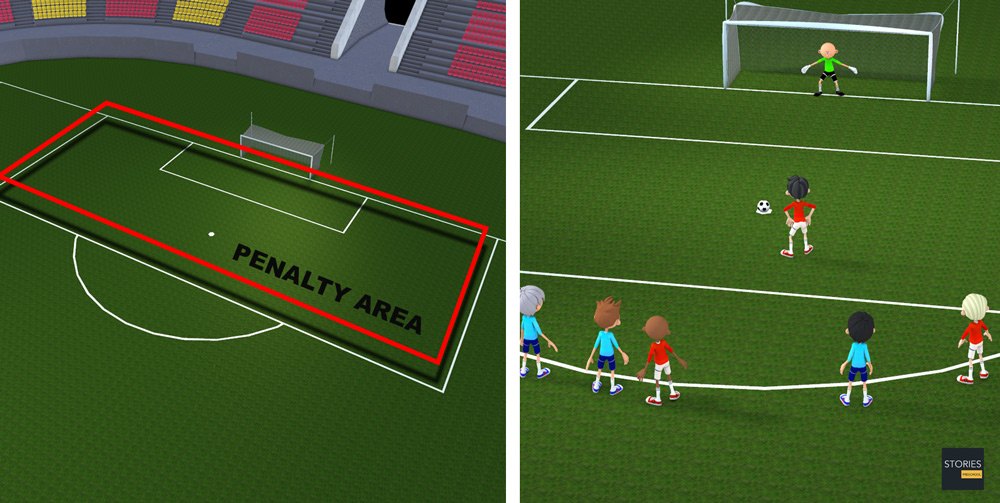
The referee then instructs the goalkeeper to stand on the goal line between the post until the ball is kicked. Lateral movement by the keeper is allowed, but the goal keeper is not permitted to come off the goal line by stepping or lunging forward until the ball is in play.
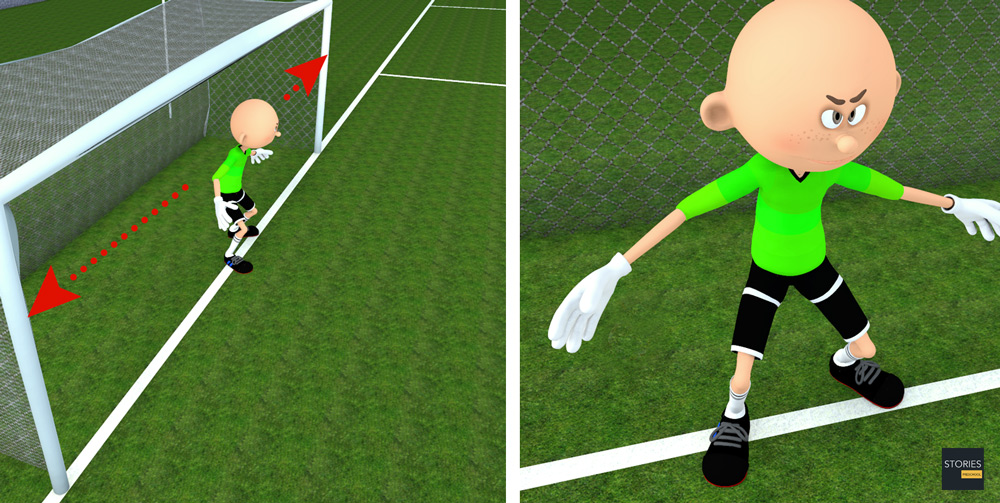
Meanwhile, the shooter places the ball on the penalty mark and prepares to strike the ball. The referee will then ask the goalkeeper if they are ready; if so, then blows the whistle which lets the shooter know they may kick the ball. The ball shall be kicked while it is stationary on the ground from the spot. To be in play, the ball shall move forward. Once the striker starts his/her approach toward the ball, he/she may not interrupt his/her movement. Failure to kick the ball as specified shall result in a re-kick.
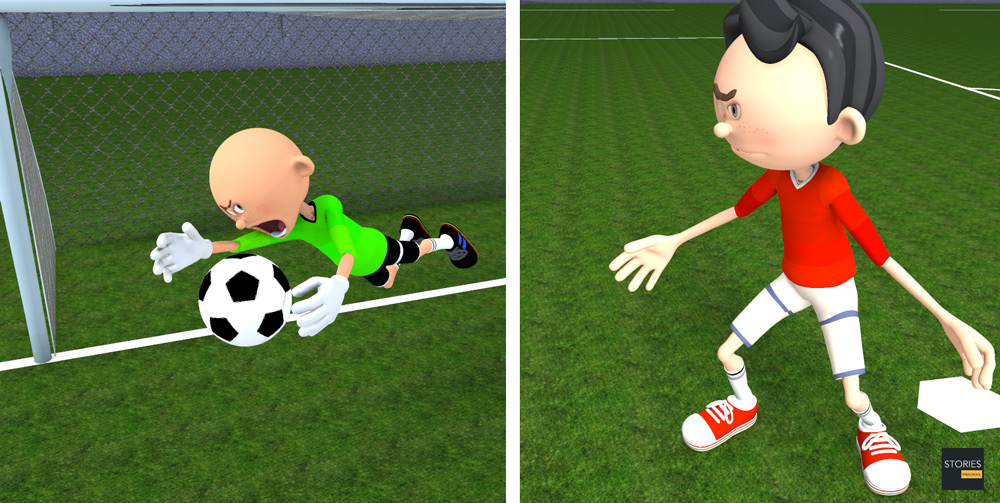
After the penalty is taken properly, the ball may be played by any other player except the one who executed the penalty kick. The kicker may not play the ball again until it has been touched or played by another player on either team. If the ball touches the goalkeeper before passing between the goal posts, when a penalty kick is taken at or after the expiration of time, it does not nullify any goal. If necessary, play may be extended so that the penalty kick may be taken. The try ends when the ball goes out-of-bounds or the momentum of the ball is spent, the exception to this rule being that if time is added on for a late penalty, the try ends when the kicker replays the ball.
Tap penalty
A two-man penalty, or "tap" penalty, occurs when the penalty-taker, instead of shooting for goal, taps the ball slightly forward so that a team-mate can run on to it and shoot. The team-mate, like all other players, must be at least ten yards from the penalty mark when the ball is initially kicked. This strategy depends on the element of surprise, so that the team-mate can reach the ball ahead of any defenders. There is no requirement for the penalty taker to shoot for goal; he is only required to kick the ball forward.
Infringements
In case of an infringement of the laws of the game during a penalty kick, most commonly entering the goal area illegally, the referee must consider both whether a goal was scored, and which team committed the offense.
| Result of the PK | No violation | Violation by the attacking team only | Violation by the defense only | Violation by both |
|---|---|---|---|---|
| Enters the goal | Goal | Rekick | Goal | Rekick |
| Goes directly out-of-bounds | Goalkick | Goalkick | Rekick | Rekick |
| Rebounds into play from Goal/Goalkeeper | Play Continues | Indirect Free-kick | Rekick | Rekick |
| Saved & held by Goalkeeper | Play Continues | Play Continues | Rekick | Rekick |
| Deflected out-of-bounds by Goalkeeper | Corner kick | Indirect Free-kick | Rekick | Rekick |
In the case of a player repeatedly infringing the laws during the penalty kick, the referee may caution the player for persistent infringement. Note that all offenses that occur before kick may be dealt with in this manner, regardless of the location of the offense.
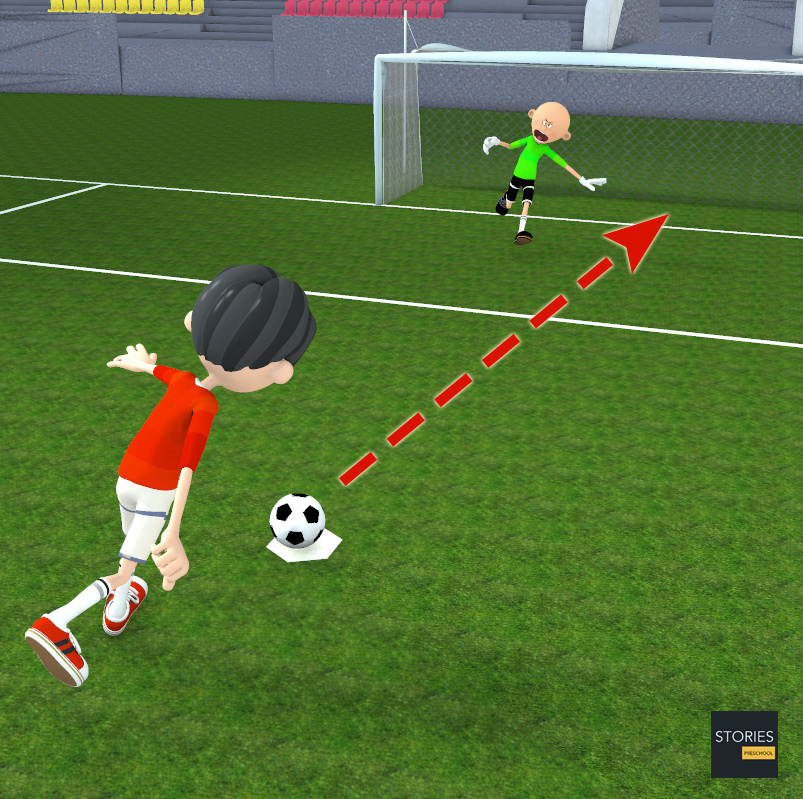
As with a direct free kick, the kicker may not touch the ball a second time, until another player has touched the ball. The punishment for such an infringement is an indirect free kick to the opposing team from the point where the offense occurred; unless the touch was a handling offense, which is punished with a direct free kick.
If the ball is touched by an outside agent (such as an item thrown onto the field by a spectator) as it moves forward from the kick, the kick is retaken.
Saving tactics
"Reading" the kicker
Defending against a penalty kick is one of the most difficult tasks a goalkeeper can face. Owing to the short distance between the penalty spot and the goal, there is very little time to react to the shot. Because of this, the goalkeeper will usually start his or her dive before the ball is actually struck. In effect, the goalkeeper must act on his best prediction about where the shot will be aimed. Some keepers decide which way they will dive beforehand, thus giving themselves a good chance of diving in time. Others try to read the kicker's motion pattern. On the other side, kickers often feign and prefer a relatively slow shot in an attempt to foil the keeper. The potentially most fruitful approach, shooting high and centre, i.e. in the space that the keeper will evacuate, also carries the highest risk of shooting above the bar.
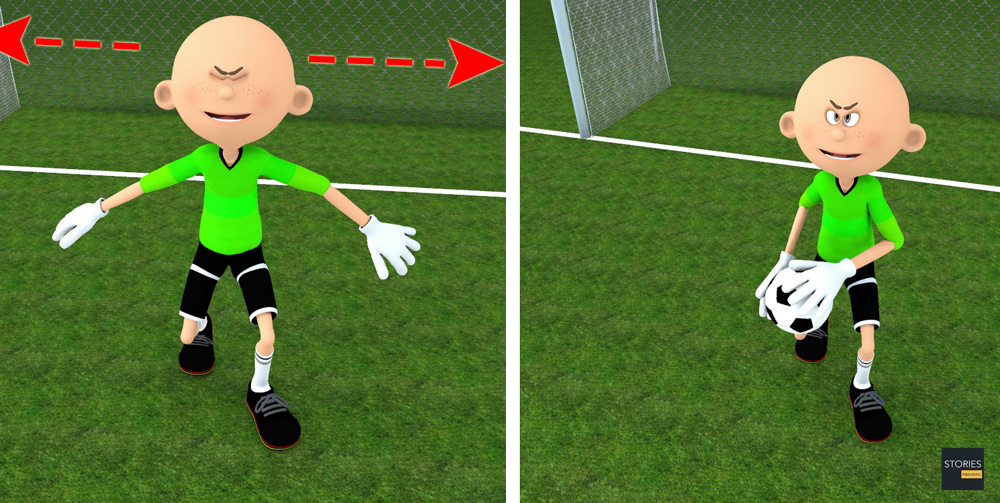
As the shooter makes his approach to the ball, the keeper has only a fraction of a second to "read" the shooter's motions and decide where the ball will go. If their guess is correct, this may result in a saved penalty. Helmuth Duckadam, the goalkeeper of Steaua București, saved a record four consecutive penalties in the 1986 European Cup Final against FC Barcelona. He dived three times to the right and a fourth time to his left to save all penalties taken, securing victory for his team.
Use of knowledge of kicker's history
A goalkeeper may also rely on knowledge of the shooter's past behaviour to inform his decision. An example of this would be by former Netherlands national team goalkeeper Hans van Breukelen, who always had a box with cards with all the information about the opponent's penalty specialist. Ecuadorian goalkeeper Marcelo Elizaga, after saving a penalty from Carlos Tévez in a match between Ecuador and Argentina, revealed that he had studied some penalty kicks from Tévez and suspected he was going to shoot to the goalkeeper's left side. Two other examples occurred during the 2006 FIFA World Cup:
- Portugal national team goalkeeper Ricardo in a quarter-final match against England, where he saved three penalties.
- The quarter-final match between Argentina and Germany also came down to penalties, and German goalkeeper Jens Lehmann was seen looking at a piece of paper kept in his sock before each Argentinian player would come forward for a penalty kick. It is presumed that information on each kicker's "habits" were written on this paper. Lehmann saved 2 of the 4 penalties taken.
This approach may not always be successful; the player may intentionally switch from his favoured spot after witnessing the goalkeeper obtaining knowledge of his kicks. Most times, especially in amateur football, the goalkeeper is often forced to guess. Game theoretic research shows that strikers and goalies must randomize their strategies in precise ways to avoid having the opponent take advantage of their predictability.
Distraction
The goalkeeper also may try to distract the penalty taker, as the expectation is on the penalty taker to succeed, hence more pressure on the penalty taker, making him more vulnerable to mistakes. For example, in the 2008 UEFA Champions League Final between Manchester United and Chelsea, United goalkeeper Edwin van der Sar pointed to his left side when Nicolas Anelka stepped up to take a shot in the penalty shoot out. This was because all of Chelsea's penalties went to the left. Anelka's shot instead went to Van der Sar's right, which was saved. Liverpool goalkeeper Bruce Grobbelaar used a famous method of distracting the players called the "spaghetti legs" trick to help his club defeat Roma to win the 1984 European Cup. This tactic was emulated in the 2005 UEFA Champions League Final, which Liverpool also won, by Liverpool's goalkeeper Jerzy Dudek, helping his team defeat AC Milan.
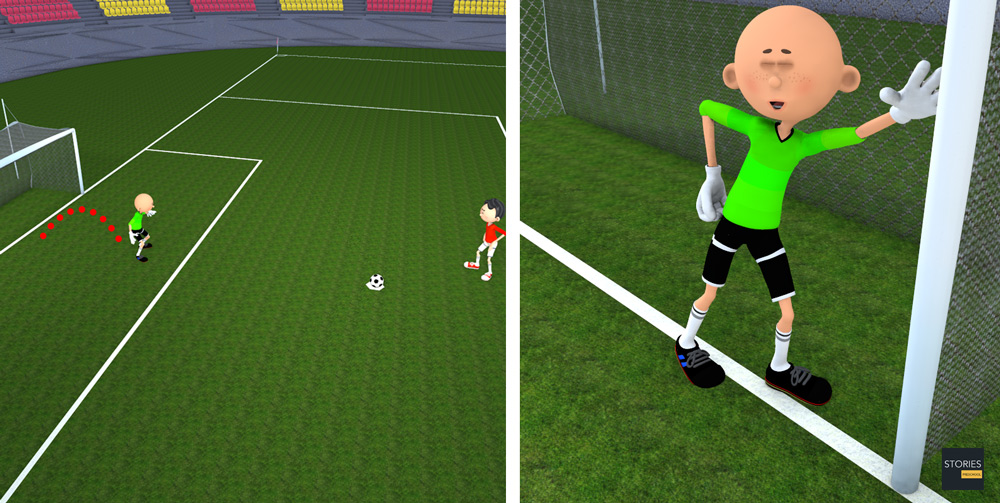
An illegal method of saving penalties is for the goalkeeper to make a quick and short jump forward just before the penalty taker connects with the ball. This not only shuts down the angle of the shot, but also distracts the penalty taker. The method was used by Brazilian goalkeeper Taffarel. FIFA was less strict on the rule during that time. In more recent times, FIFA has advised all referees to strictly obey the rule book.

Similarly, a goalkeeper may also attempt to delay a penalty by cleaning his boots, asking the referee to see if the ball is placed properly and other delaying tactics. This method builds more pressure on the penalty taker, but the goalkeeper may risk punishments, most likely a yellow card.
A goalkeeper can also try to distract the taker by talking to them prior to the penalty being taken. Dutch national team goalkeeper Tim Krul famously used this technique during the penalty shootout in the quarter-final match of the 2014 FIFA World Cup against Costa Rica. As the Costa Rican players were preparing to take the kick, Krul told them that he ''knew where they were going to put their penalty'' in order to ''get in their heads''. This resulted in him saving two penalties and the Netherlands winning the shootout 4-3.
Under new IFAB rule changes, if the penalty taker attempts to feint or dummy the opposing goalkeeper in the act of taking their penalty, the taker will be punished with a yellow card, and will not be allowed to retake their kick.
Scoring statistics
Even if the keeper succeeds in blocking the shot, the ball may rebound back to the shooter or one of his team-mates for another shot, with the keeper often in a poor position to make a second save. This makes saving penalty kicks more difficult. This is not a concern in penalty shoot-outs, where only a single shot is permitted.
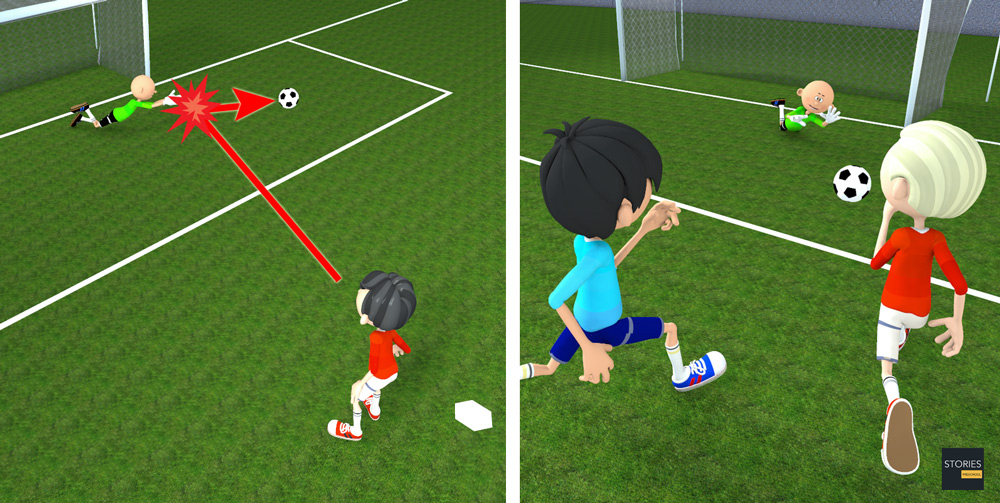
These factors would give one the impression that penalty kicks are converted almost 100% of the time. Missed penalty kicks, however, are not uncommon: for instance, of the 78 penalty kicks taken during the 2005–06 English Premier League season, 57 resulted in a goal, thus almost 30% of the penalties were unsuccessful.
A German professor who has been studying penalty statistics in the German Bundesliga for 16 years found that 76% of all the penalties during those 16 years went in, and 99% of the shots in the higher half of the goal went in, although the higher half of the goal is a more difficult target to aim at. During his career, Italian striker Roberto Baggio had two occurrences where his shot hit the upper bar, bounced downwards, rebounded off the keeper and passed the goal line for a goal.
SPORTS
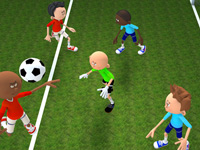
RESOURCES
This article uses material from the Wikipedia articles "Association football" and "Penalty kick", which is released under the Creative Commons Attribution-Share-Alike License 3.0.
© Stories Preschool. All Rights Reserved.
